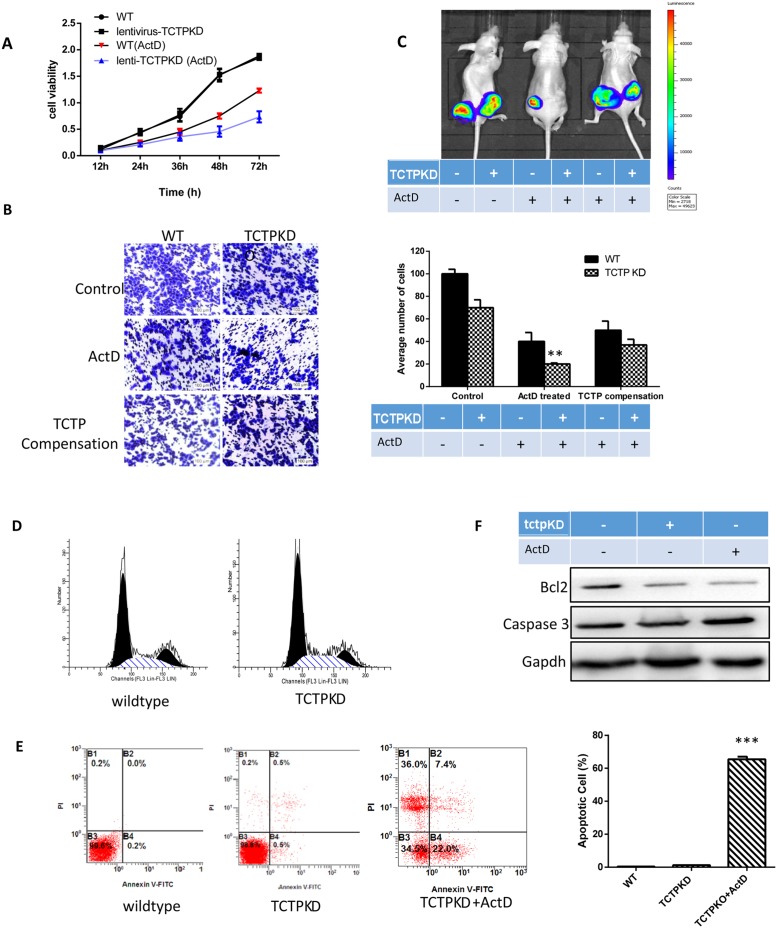Figure 4. The effect of TCTP knockdown in lung cancer.
(A) Lower TCTP level caused more sever proliferation repression with ActD treatement. (B) ActD treatment on A549 can caused invasion repression in both wildtype and TCTP knockdown cells. Lack of TCTP leads to a more dramatic decrease and overexpress TCTP can reverse the repression. (C) in vivo tumorigenicity assay in nude mice, lower TCTP level cancer cells are sensitive to ActD treatment, the solid tumor size reduced dramatically. Overexpression TCTP to the TCTP knockdwon cells can reverse the reduction. (D) Knockdown TCTP in A549, cell cycle was merely influenced. (E) A549 cells were treated with TCTP knockdown and ActD for 24 h. Then the cells were stained with FITC-Annexin V and PI for flow cytometry analysis. The apoptotic cells were determined by the percentage of Annexin V (+)/PI (-) cells and the percentage of Annexin V (+)/PI (+)cells. Quantifcation of the flow cytometry from three independent experiments was also shown. Data are reported as mean ±SD of three independent experiments. **p<0.01, ***p<0.001 vs. control. (F) TCTP knockdown doesn't induce the expression of apoptosis factor caspase3 immediately, although it indeed decrease the Bcl2 level. When under the stressful condition (ActD treatment), the caspase 3 is increased largely and the ratio of apoptosis is increased, too.

